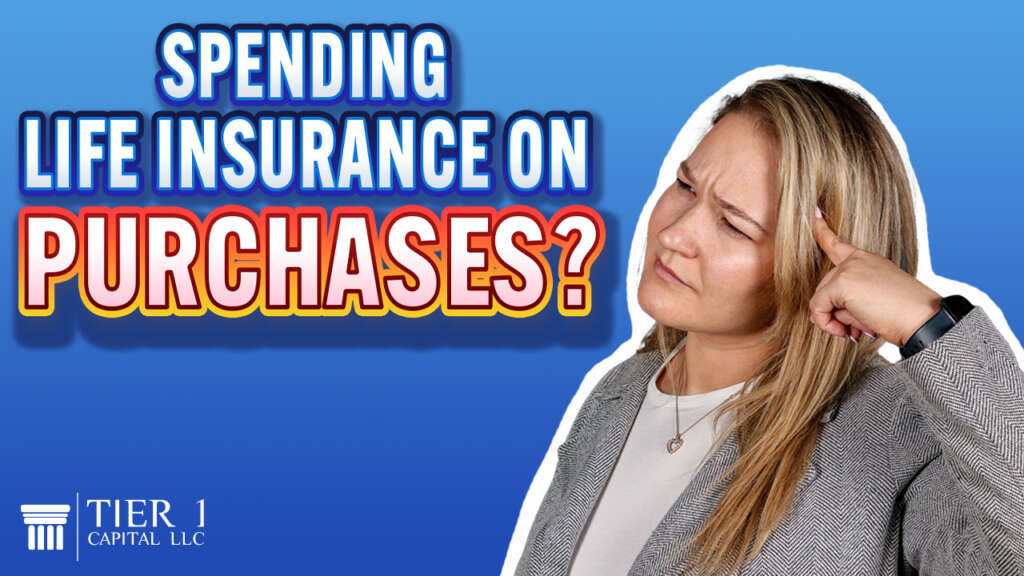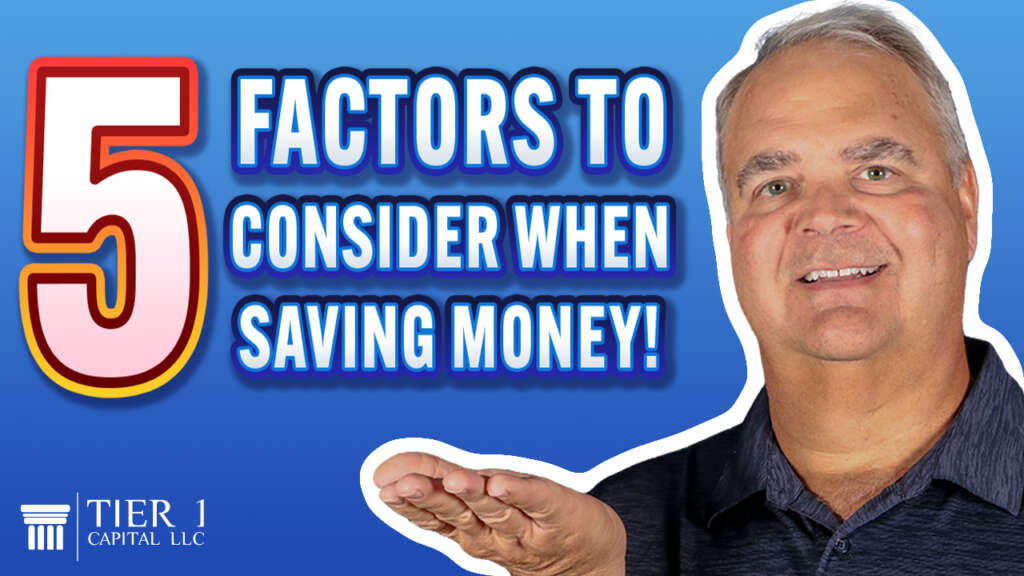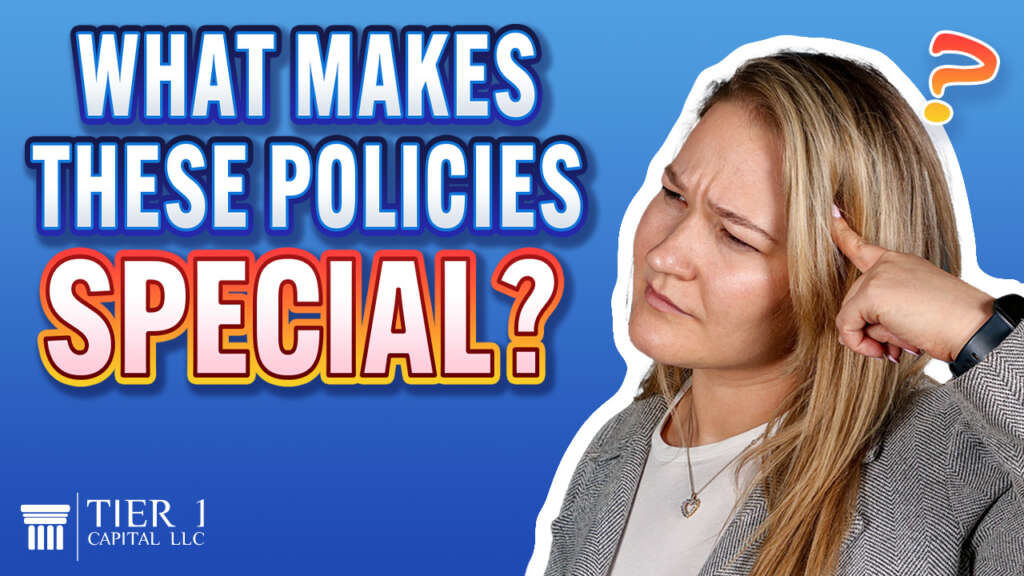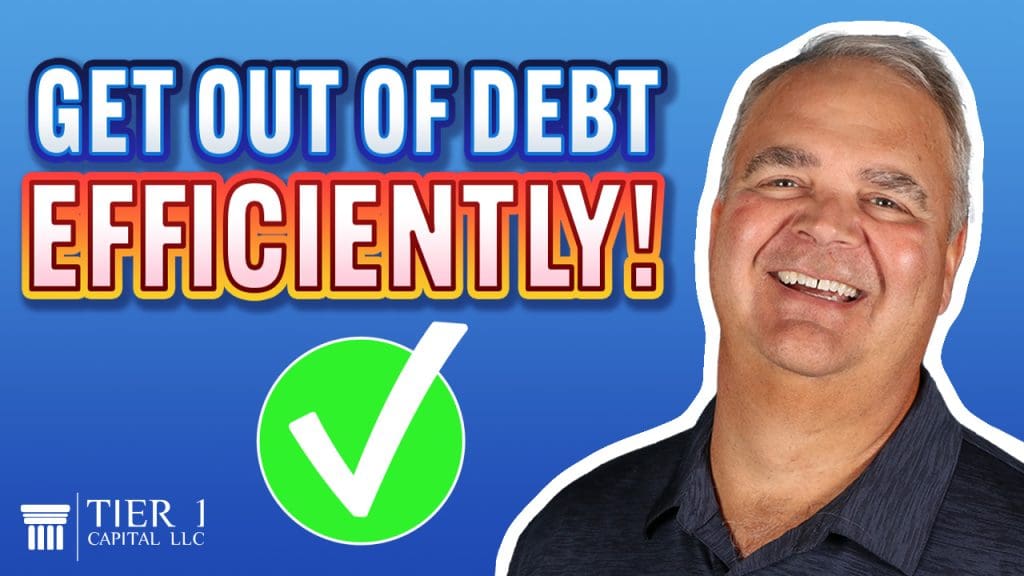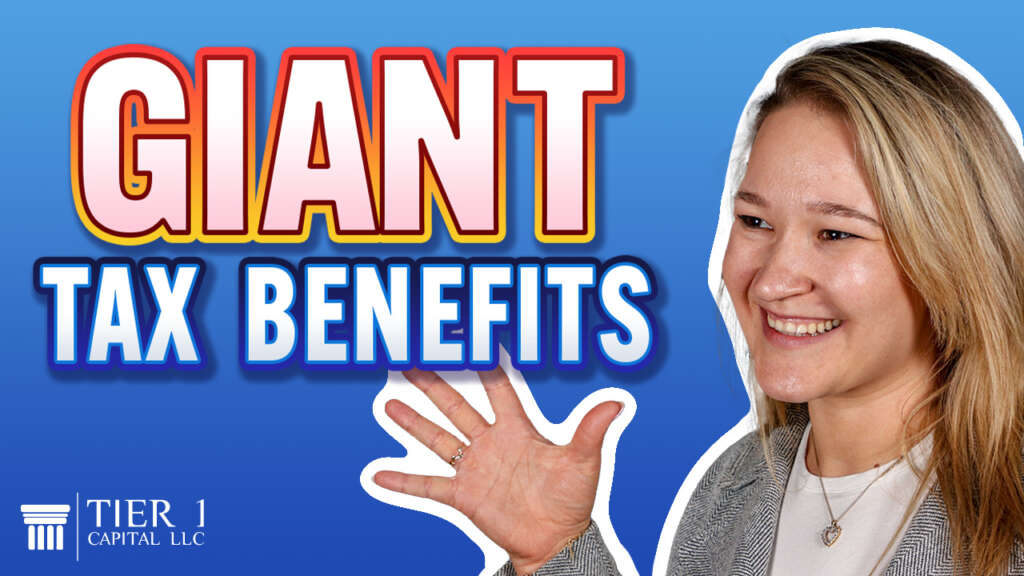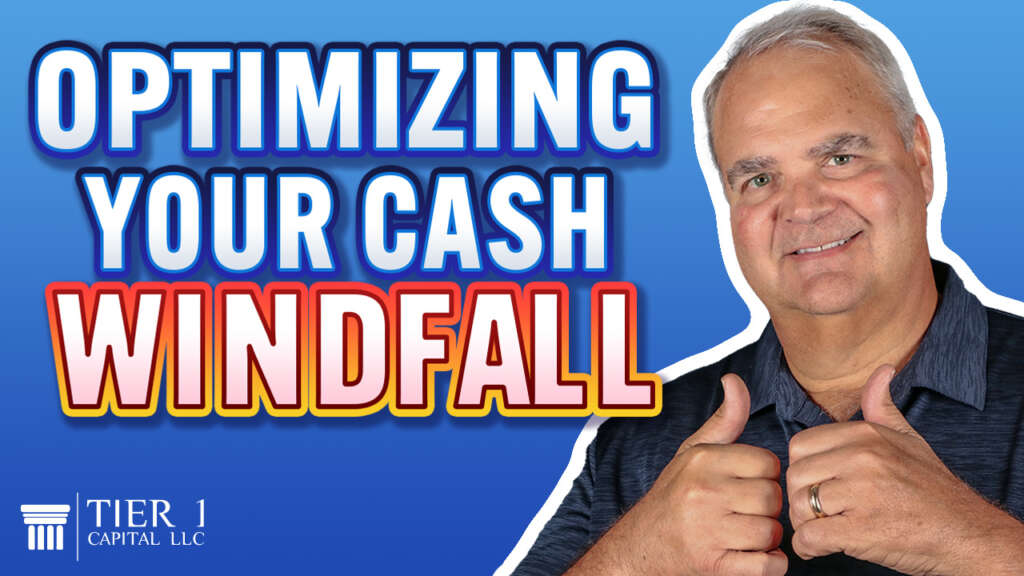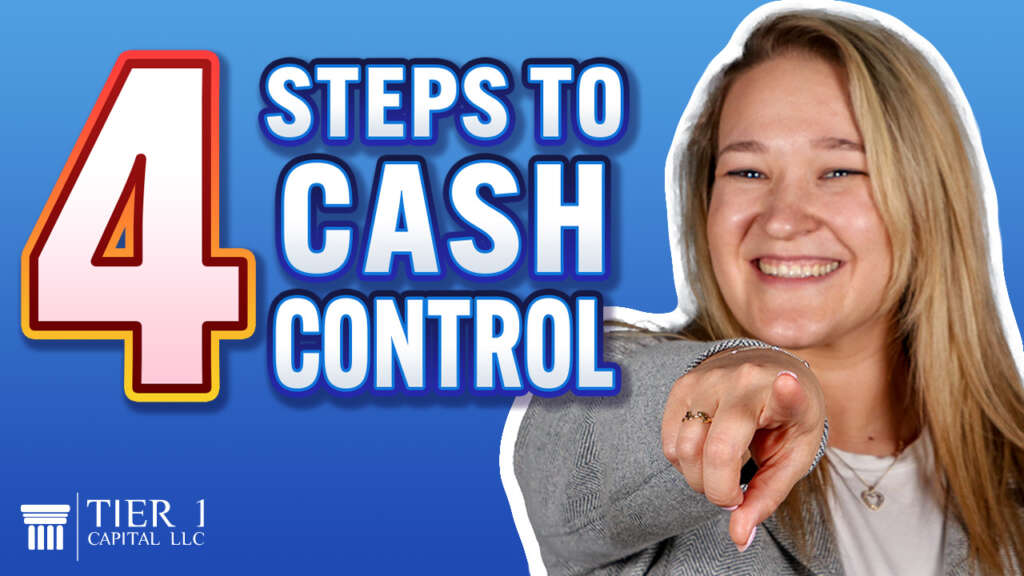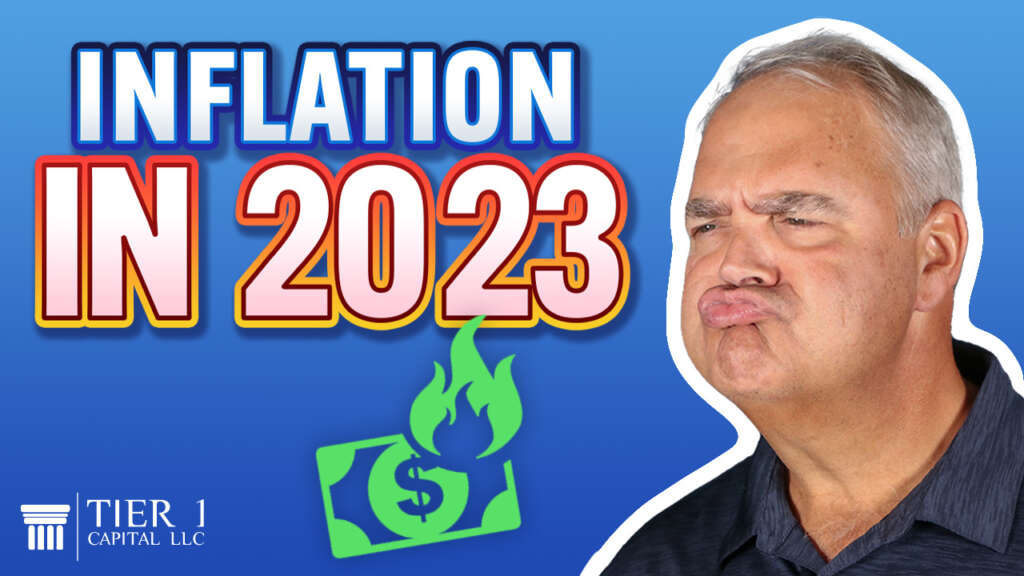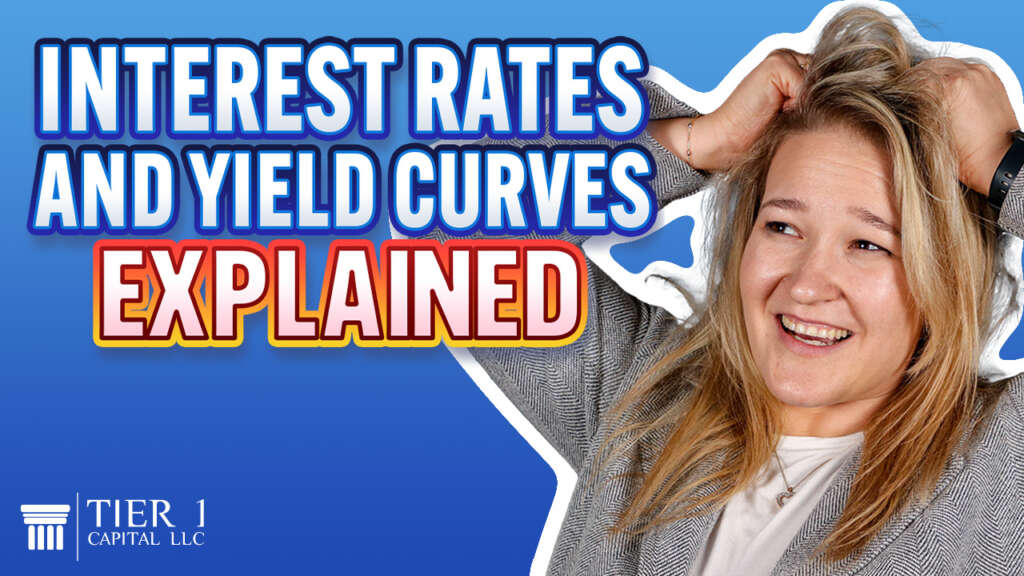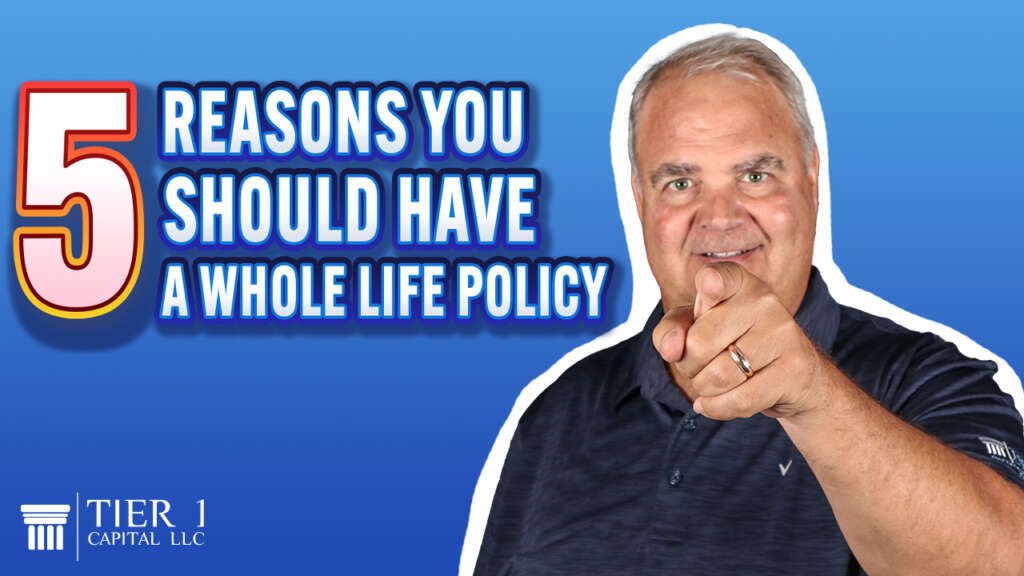
Sometimes you’ll hear that whole life insurance is a bad investment. And let’s just get that off the table now, because life insurance is not an investment. Let’s go over five reasons why you would want to own a whole life insurance policy.
Life insurance is not an investment. In fact, to call life insurance an investment would be an insult to what life insurance can and will do for you. You see, investments, by definition, inherently have risk. And with whole life insurance, there’s no risk baked into this cake. In fact, all of the risk is transferred over to the insurance company. So it’s a very safe asset to have in your portfolio.
Let’s get started with the five reasons why you would want to own a whole life insurance policy.
Number one is to protect your family and your business. Remember, it is life insurance. And life insurance pays a death benefit if and when an event occurs. Meaning the death of the insured. And if that were to happen, the family may suffer financially, and the business may suffer financially. So at its core, life insurance provides protection to make sure that the family can continue and the business can continue.
And I hate to break it to you guys, but we’re all going to die. So when that event occurs, that is when you want the death benefit to be paid out, when there’s a problem, no more income, no more principal running the business. These events are detrimental to the units and the death benefit could help you along the way. Let’s face it. Dying is bad enough. There’s no sense doing it for free.
Number two is the living benefits of whole life insurance. Whether you have a regular whole life insurance policy designed for death benefit or a specially designed life insurance policy designed for cash value accumulation. Either way, they have living benefits. This includes the policy loan provision that allows you access to your cash values throughout your life as the policy owner. One of the best parts of that loan provision is that when you borrow against your cash value, your money continues to earn interest, as if you hadn’t borrowed because it’s a collateralized loan. What that means is, you’re borrowing against the equity of your policy. Your equity never leaves the policy.
Number three is other benefits. These are special riders added to the policies that could allow you to have your premium waived should you become disabled, or chronic or terminal illness riders, that allow you to tap into the actual death benefit, that huge pool of money, before you die to take care of chronic and terminal care needs. And because of that rider, you’re actually allowed to tap into the death benefit on a tax favored basis. Which brings us to number four, tax benefits.
There are a ton of tax benefits with whole life insurance policy including tax deferred growth, a tax free death benefit and tax, favored access through the policy loan provision. Not to mention the fact that life insurance distributions are given favorable tax status, which means that the first dollars you pull out are considered the first dollars you put in. It’s called FIFO, first in, first out. Contrasting that to investments where the first dollar’s pulled out are considered the growth or the gain and therefore are taxable.
Here’s a life hack, if you’re considering deducting your premium payments that you’re putting into the policy, this is a big no no. You never want to do that because on the back end, it could cause your death benefit to become taxable.
Which brings us to our fifth and final reason why you would want a whole life insurance policy, and that is to supplement your retirement income on a tax-favored basis, As we mentioned earlier, the money is accessible on a tax-favored basis.
But what taxes do you save? Well, quite simply, federal income tax, state income tax, no Social Security offset tax, no increase in your Medicare premium. And let’s face it, by having to pay a higher Medicare premium, isn’t that really a tax?
Additionally, the death benefit passes to your name beneficiary on a tax free basis. And in most states, the death benefits pass outside of probate and outside of state inheritance or state estate taxes.
The long and the short of it is using your whole life insurance policy to draw from during retirement can save you a ton of money in the long run, plus, guarantee your legacy gets passed on to your heirs. And wouldn’t a great way to make sure that your money last as long as possible, be to avoid as many taxes as you possibly can in retirement? We have to protect our assets any way we can. And life insurance provides a great way to do that.
Check out our latest YouTube video to learn more.
If you’d like to learn more about how to utilize a whole life insurance policy in your portfolio, schedule your free strategy session today.
And remember, it’s not how much money you make, it’s how much money you keep that really matters.



